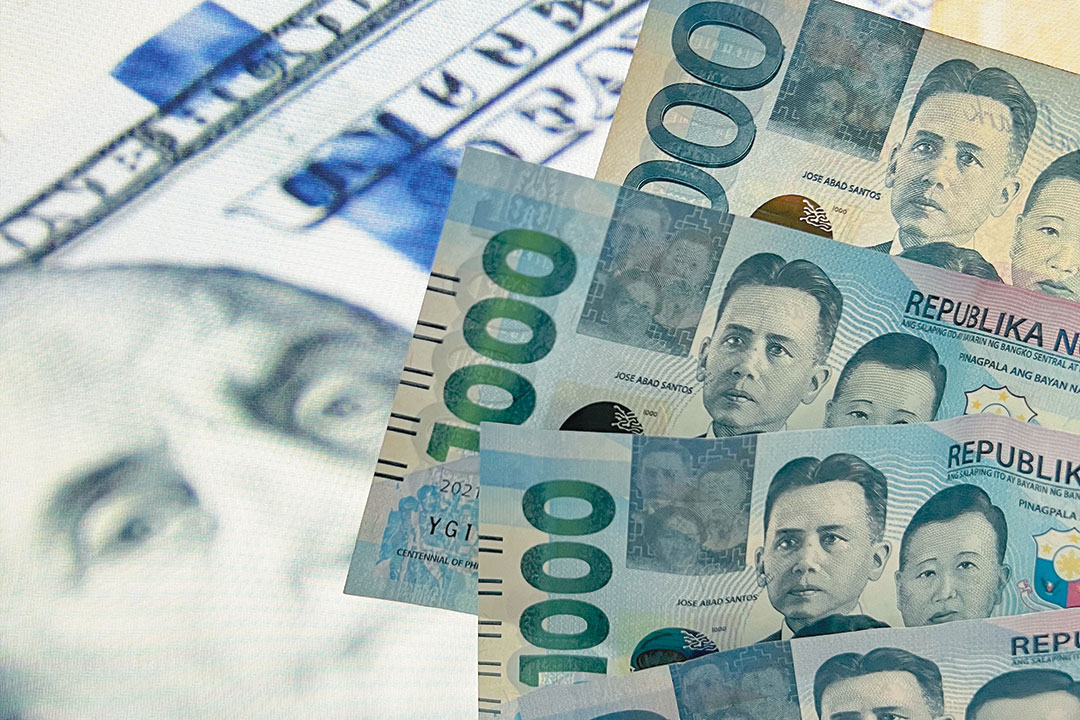
Peso set to ride remittance wave on Philippine holiday spending
The Philippine peso has outperformed its Asian peers this year and a seasonal pick-up in overseas remittances ahead of Christmas will likely extend the gains.
Remittances are a key pillar of the nation’s economy, which typically receives the highest cash transfers in the last month of the year as workers send money home for holiday spending. The inflows have helped strengthen the currency in all but three Decembers in the last 10 years, data compiled by Bloomberg show.
Rizal Commercial Banking Corp. sees the peso rising as high as P54 per dollar by year-end — its strongest level since February and an increase of about 2% from last week’s close of P55.31. Australia & New Zealand Banking Group estimates the currency will rise to P55.2 versus the greenback by the month-end.
“Markets expect the seasonal increase in overseas Filipino workers remittances and conversion to pesos in the fourth quarter, especially in the latter part toward the Christmas season — a consistent pattern seen for many years,” said Rizal chief economist Michael Ricafort.
The Philippines was the world’s fourth-largest recipient of remittances in 2022. Inflows during January-September rose 2.8% from a year ago to $24.5 billion and figures for October are due Friday.
Besides the boost from remittances, the nation’s lower-than-expected inflation is also “encouraging” for bond inflows, which will help drive the currency higher, said Irene Cheung, FX strategist at ANZ in Singapore.
Philippine consumer prices rose 4.1% in November from a year ago, the slowest pace since March 2022 and near the central bank’s 2%-4% target. While the decline gives Bangko Sentral ng Pilipinas room to leave its key rate unchanged for a second meeting on Dec. 14, Governor Eli Remolona last week said both a rate pause and a hike are on the table. A hawkish tone will help support the peso.
While the currency is expected to benefit from broader weakness in the dollar, a narrower trade gap and stellar economic growth are also providing tailwinds. The World Bank sees Philippines’ growth accelerating to 5.8% next year, driven by a healthy labor market and stable remittances growth.
The nation’s “surprisingly strong” growth and a smaller-than-expected trade deficit “on the back of lower oil prices” is adding to the peso’s strength, said Michael Wan, a senior currency analyst at MUFG Bank. — Bloomberg



